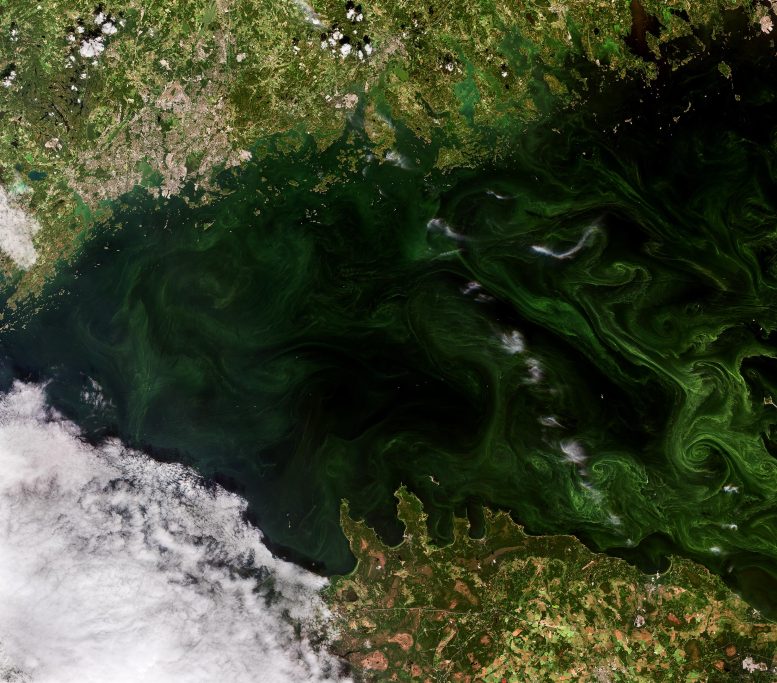
This Copernicus Sentinel-2 image reveals extensive algal blooms in the Gulf of Finland. While essential for marine life, some blooms can be harmful. Sentinel-2 aids in monitoring and managing their impact on ecosystems and industries. Credit: Contains modified Copernicus Sentinel data (2023), processed by ESA, CC BY-SA 3.0 IGO
This satellite image from the European Space Agency’s Copernicus Sentinel-2 features swirls of vivid, emerald-green algal blooms in the Gulf of Finland.
The Gulf of Finland is the easternmost arm of the Baltic Sea. The area pictured shows the western part of the Gulf. Helsinki, Finland’s capital and most populous city, is visible in light brown on the coast in the top left corner of the image. The image also captures the Estonian coast at the bottom, with Tallin covered by clouds.
Annual Blooms and Their Appearance
Each summer, swathes of algae bloom in the Baltic Sea. The blooms usually appear as green threads, as shown in this image, which was captured on July 13, 2023. Streaks, eddies, and swirls, mixed by winds and currents, are clearly visible.
Understanding Algal Blooms
An algal bloom describes the rapid growth of phytoplankton – microscopic marine plants that drift on or near the sea surface. While individually microscopic, the chlorophyll they use for photosynthesis collectively tints the ocean waters, which allows them to be measured by satellites orbiting Earth.
These organisms are essential to life in the sea – they form the base of the marine food chain. Importantly, they also play a huge role in the removal of carbon dioxide from the atmosphere and the production of oxygen.
However, some phytoplankton and marine algae can be harmful to marine life and to humans. They can produce toxic substances, blooms can occur too often or last too long, depleting the concentration of oxygen in the water.
Impacts and Monitoring
High water temperatures, slow circulation, and excessive nutrients released into the ocean often lead to a rapid increase in the number of algae, and consequently large blooms, which can pose a threat to the natural ecosystem and also aquaculture and tourism.
With its 13 spectral channels, Copernicus Sentinel-2’s imager can be used to detect algal blooms and measure aspects that define water quality, such as surface concentration of chlorophyll. Satellite data can be used to track the growth and spread of blooms and can help develop early warning systems to mitigate the impact on tourism and fishing industries.

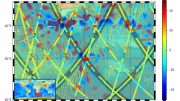



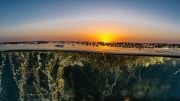
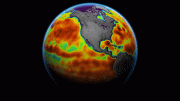

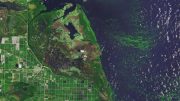
Be the first to comment on "Emerald Whirlpools: Satellite Captures Spectacular Algal Blooms in Gulf of Finland"